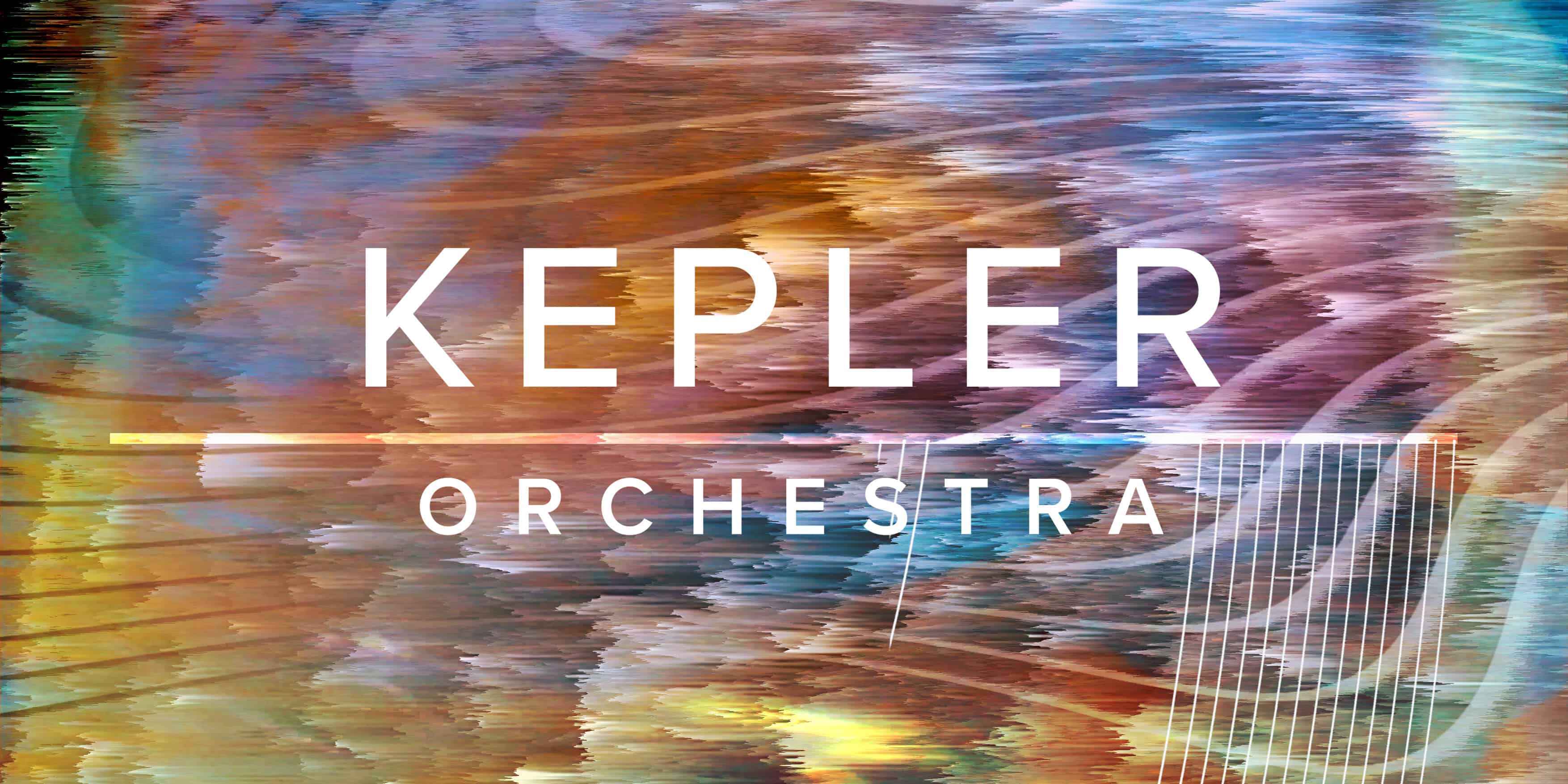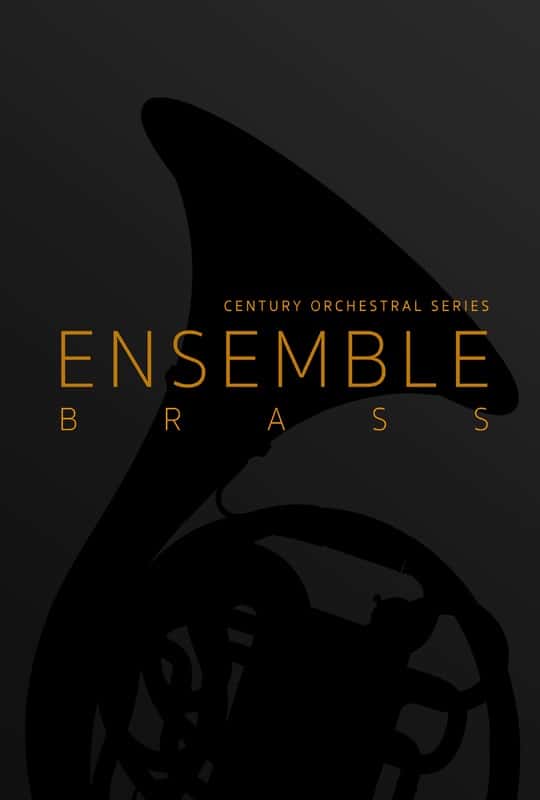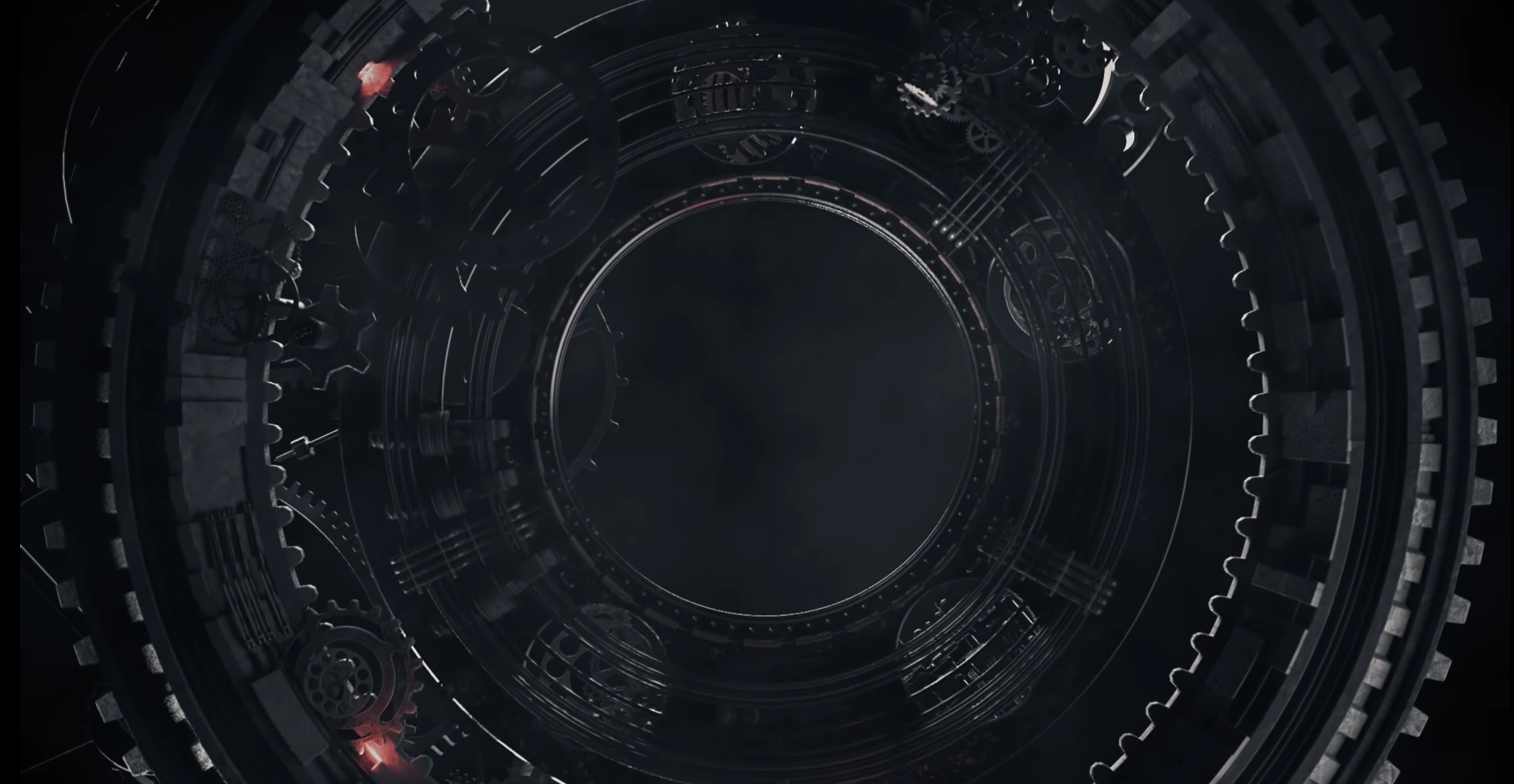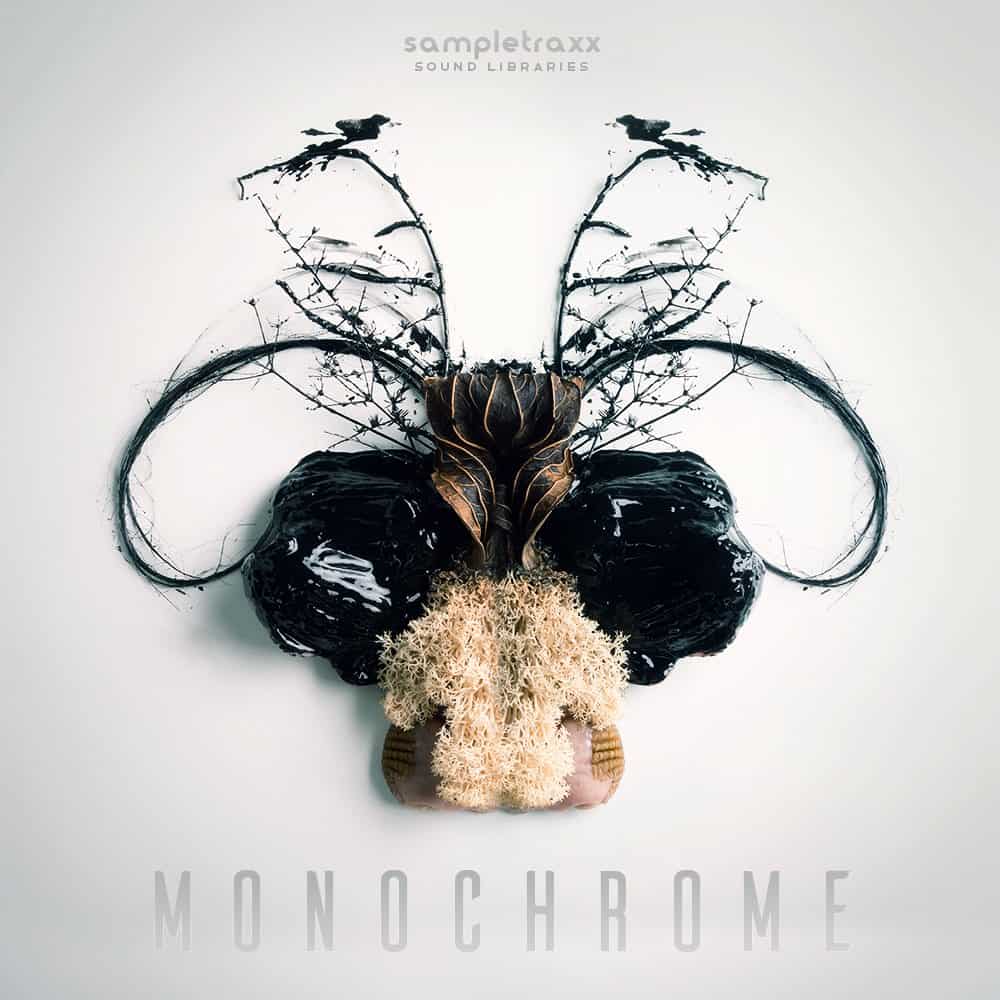The Quest to Understand the Universe
For centuries, astronomers have relied on mathematics as a valuable tool in their quest to understand the universe. One such pioneer was the brilliant German mathematician and physicist Johannes Kepler, whose groundbreaking ideas helped to shape our understanding of planetary motion.
In his 1619 publication Harmonices Mundi, Kepler proposed the concept of musical harmonies based on the ratios between the maximum and minimum angular speeds of planets – what he called the ‘music of the spheres’ – laying the foundation for later scientists such as Sir Isaac Newton. Thus, by applying his keen mathematical mind to the heavens, Kepler made an invaluable contribution to astronomy that continues to influence stargazing today.
Kepler Orchestra Review by Spitfire Audio
Spitfire Audio has released a cinematic library which is under review today. Kepler Orchestra essentially produces orchestral and rhythmic textures.
Spitfire Audio Kepler Orchestra is named after the German astronomer, mathematician, and astrologer Johannes Kepler, who in the 17th century devoted himself to the movements of the planets around the sun. At the time I learned about Kepler Orchestra and it was available for pre-order I was thinking this is another excellent EVO library by Spitfire Audio.
Kepler Orchestra is a collection of premium sound libraries from Spitfire Audio, renowned for its innovative and high-quality instrument libraries.
Named after the famous Johannes Kepler, an astronomer who discovered some of the basic laws that govern planetary motion, this pack is truly one-of-a-kind. With a focus on motion and dynamic range, this library contains over 50 different articulations for strings, woodwinds, and brass instruments.
It also includes a Systems Grid for user customization and 259 unique snapshots to help you find the perfect sound for your music.
The first visuals also pointed me driven from wishful thinking in that direction. Different from Spitfire Audio LCO Textures this new library Kepler Orchestra is not about floating pads. Kepler is all about symphonic easy to massive rhythmic movements. Kepler Orchestra is stimulated by the famous American composers of the late 20th century: Terry Riley, Philip Glass, Steve Reich, and John Adams.
Kepler Orchestra is very well produced, intuitive to use, and provides a large variety of sonic possibilities. You can create intense orchestral textures for cinematic music by layering multiple instruments and blending the sound with an additional effects section or you can go into the more experimental territory by using the rhythmic elements of the library.
I really enjoyed exploring Kepler Orchestra and I definitely recommend it to anyone interested in cinematic music.
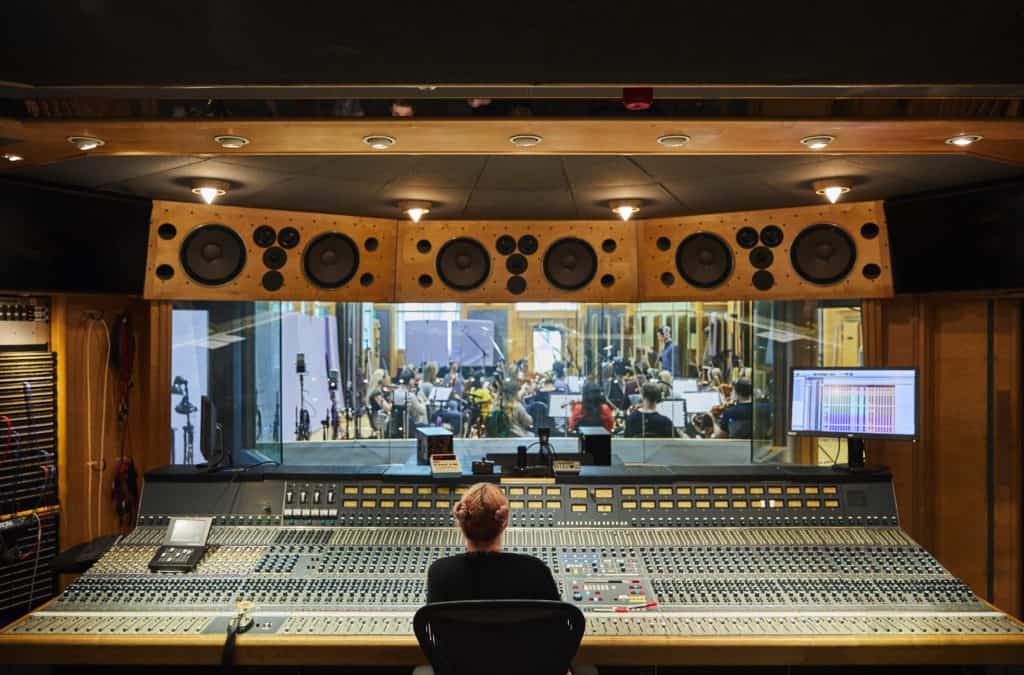
Kepler Orchestra – Installation
Installation is done through the Spitfire download (and update) tool. Very easy and straightforward. Due to the required CPU minimum performance always check the latest technical requirements.

Kepler Orchestra – Sound
The Kepler Orchestra is a modern hybrid orchestra library that will become a major tool used in cinematic productions to come. The library features a unique combination of real and virtual instruments, all of which have been recorded in high-quality audio.
The end result is an orchestra that sounds realistic and lifelike, with the ability to generate a wide range of musical textures and timbres. In addition, the Kepler Orchestra is highly customizable, allowing composers to create their own unique soundscapes. With its cutting-edge technology and expansive capabilities, the Kepler Orchestra is poised to revolutionize the way music is composed for film and television.
There is something truly magical about the way that music can bring a story to life, creating emotions and setting the tone for every scene. But in order to create truly great music, you need sound libraries that are both powerful and flexible – libraries like Spitfire Audio’s Kepler Orchestra.
This groundbreaking library makes it incredibly easy to create movement, speed, and atmosphere by seamlessly intertwining orchestral rhythms – from small-scale interlocking melodies all the way up to massive multi-instrument crescendos.
Whether you’re an experienced composer or just starting out, Kepler Orchestra is an essential tool for bringing your musical vision to life.
With this library, you can produce realistic-sounding interlocking polyrhythms. Polyrhythms expect at minimum two rhythms to be performed at the same time. If you wonder about the beginnings, this idea goes way back. Polyrhythms are used for example in the opening of Beethoven’s Symphony No. 3.
Kepler Orchestra Articulations
There are many different types of articulations, each with its own unique characteristics and effects. Articulations are a powerful tool in the composer’s arsenal, capable of adding realism, emotion, and character to their music. There are four main categories of articulations: Dopplers, Shards, Momentum, and Warped.
For instance, Dopplers describes the effect of sound shooting past you and then fading away. On the other hand, shards are defined as sounds that rise boldly with a swelling driving force before ending abruptly.
Meanwhile, momentum simply refers to the acceleration and pulsing of sounds. Additionally, warped articulations add a complex texture and atmosphere to composition, while granular synthesis is used in some samples to create otherworldly textures and effects.
Whether you’re working with Dopplers, shards, or any other type of articulation, each one brings something unique and essential to your music. So the next time you’re working on building a new piece, remember to dig into those articulations and explore their full potential!
Each category has its own unique sound and purpose. Dopplers are perfect for creating the illusion of movement, while Shards add a sharp, staccato quality to a note. Momentum articulations add weight and power to a note, while Warped articulations twist and distort the sound of a note.
By using the Systems grid, composers can create complex rhythm sequences that are tempo-locked to their DAW. This allows them to create highly realistic and expressive pieces of music.
Whether you’re looking to add life and movement to your compositions or create expansive soundscapes with just one instrument, Kepler Orchestra has everything you need to take your creativity to new heights.
Kepler Orchestra Instruments
As any musician knows, having the right tools is essential for creating great music. That’s why Spitfire Audio’s Symphonic Orchestra is such an invaluable resource for composers and producers.
This comprehensive library includes everything you need to create rich, realistic orchestral arrangements, from solo instruments to full ensembles. With over 100 different articulations and a wide range of presets, you can effortlessly add depth and expressivity to your tracks.
And for those times when you want to push the boundaries of what’s possible, the Warped folder includes Spitfire’s Mercury Synth, with 30 specially designed NKI files. Whether you’re looking for traditional symphonic sounds or something more experimental, Spitfire Audio’s Symphonic Orchestra has you covered.
Kepler Orchestra Footprint and Kontakt
Kepler Orchestra is an incredible collection of musical instruments that is sure to dazzle any fan of music. Weighing in at over 18,300 samples and 38GB in size, it is one of the largest sample libraries available on the market today.
Not only is Kepler packed full of incredible sounds and instruments, but it also comes with Kontakt Player compatibility, making it perfect for users who do not own the full version of Kontakt or who have not yet upgraded to Kontakt 6.
Sound Natural, and Yet so Powerful
I have never heard an orchestra sound so natural, and yet so powerful. The Kepler Orchestra is a true innovation in hybrid orchestra sample libraries.
The combination of live recordings and advanced programming has produced a library that is second to none. The level of detail and realism is impeccable, and the result is an orchestra that instantly complements your compositions.
The arpeggiated lines and intricate rhythms are unlike anything I have heard before, and the result is an inspiring and moving experience. I cannot recommend this library highly enough; it is simply the best of its kind. Thank you for providing such an amazing tool for musical inspiration.
Spitfire’s Evo Grid Technology
When it comes to creating complex musical textures quickly and easily, nothing beats the power of Kepler Orchestra’s Systems Grid. Featuring the revolutionary Evo Grid technology that made Spitfire Audio’s iconic virtual instrument, the Evo Grid brings unprecedented flexibility and ease of use to a wide range of musical textures.
Unlike traditional sample libraries, the Systems Grid houses hundreds of repeated notes which are synced perfectly to your host tempo, allowing you to create intricate rhythmic patterns with minimal effort. And thanks to its solitaire-style pegboard layout, it is incredibly easy to map and customize different zones on your keyboard so that you can create complex melodies and harmonies in any key and at any time.
Whether you are a beginner or an expert musician, there is no better way to explore new creative possibilities than with Kepler Orchestra’s powerful and innovative Systems Grid.
Operate EVO
If you’re looking for a simple and intuitive way to create rhythmic patterns that are perfect for a wide range of musical styles, then the step sequencer is just what you need. Designed to be incredibly easy to use, this innovative tool can be loaded with any musical ensemble, from a single melodic instrument to an entire orchestral arrangement.
Simply hold down a key, unleash your creativity, and watch as the sequencer effortlessly creates pulsing patterns that build in sync with the beat. Whether you’re looking for intricate rhythms to use in your next killer EDM track or simply want to add some extra flair to your solo piano piece, the step sequencer makes it simple and fun to explore new rhythmic possibilities. Try it out today and see how simple it is to create dynamic grooves using this powerful and versatile tool!
When superimposing rhythmic subdivisions, I have found that simple combinations work best: a layer of 16th notes layered on top of eighth notes, or low woodwind instruments playing fast triplets bubbling under high woodwinds playing eighth notes.
From a groove perspective, layering quintuplets or septuplets over straight eights patterns just sounds out of time, but if you’re not focused on creating a dance-floor vibe, you can achieve some interesting and nuanced orchestral effects by slowing the tempo and sequencing quintuplets over a four-based pattern. I have a feeling that Johannes Kepler would have been a big fan of this approach.
Machine Performance Intelligence
KEPLER ORCHESTRA read its user’s melody and performance it in surprising ways through key articulations:
- DOPPLERS — recreates the Doppler effect by molding short notes down by a semitone, so that they sound like they are rushing past the audience
- SHARDS — based on particle swarms, suggestive of shards of light or the light that can be seen flashing out of an accretion disk, resulting in swells of sound that increase dramatically in dynamic until the end
- MOMENTUM — based on lightwave theory, notes increase and decrease both in speed and dynamic, from pulsing to accelerating
- WARPED — contains 30 different sounds to attach an additional layer of vast expanse and mood to polyrhythmic compositions. Each sound is created utilizing the original sample content from the library. Designed to add unprecedented depth, texture, and atmosphere to any composition.
Kepler Orchestra was recorded at AIR Studio One. All setups were recorded as a chamber-sized orchestra. As common these days, Kepler Orchestra offers the choice of various microphone positions, which can also be mixed. You can choose between Close, Ambient, Mid, and Wide.
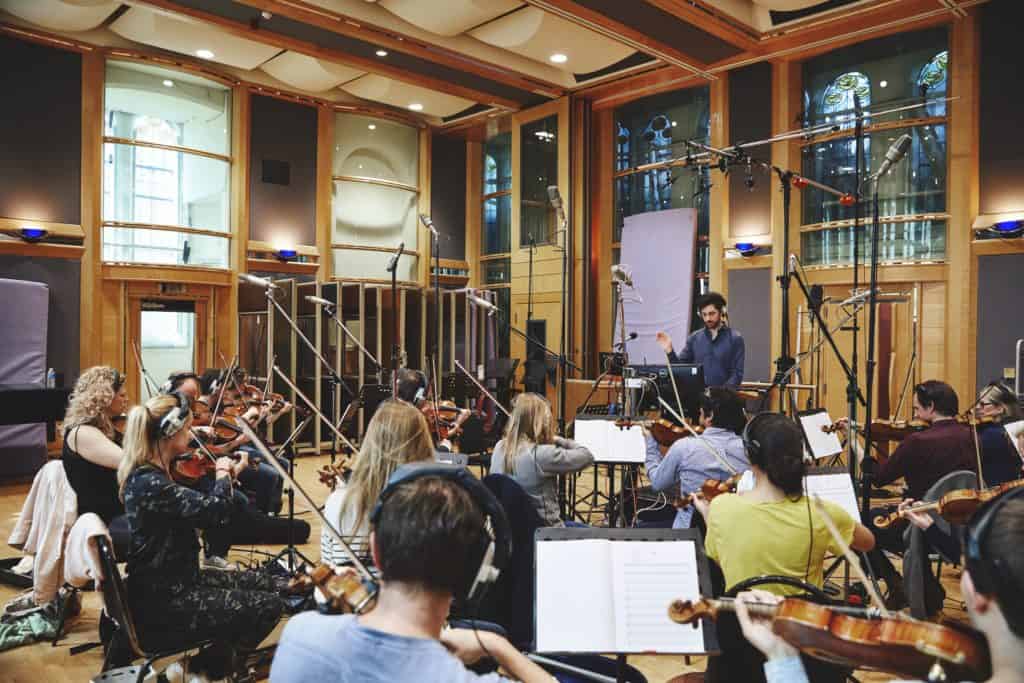
The orchestral Kepler Kontakt library manages hard work and the results are pristine interlocking orchestral rhythms. Take your time, you may not be happy with the first results. Also when you play it like an EVO it does not work that way. Spending more time than usual with a Spitfire Library will be rewarded with a newly created pattern of sounds.
Kepler Orchestra – User interface & Usability
Kepler another EVO?
KEPLER ORCHESTRA is related to Spitfire Audio’s Evo Grid. It is not an EVO as you are used to – not even an EVO at all. The new invention is called Systems Grid which you can think of as an articulation mapping mechanism. Spitfire describes it as: Instead of using the pegs to create different textures, they are split by time divisions (duplet, triplet, quintuple, and septuplet time), tempo-locked to your DAW, allowing you to quickly create sophisticated combinations of different rhythms.
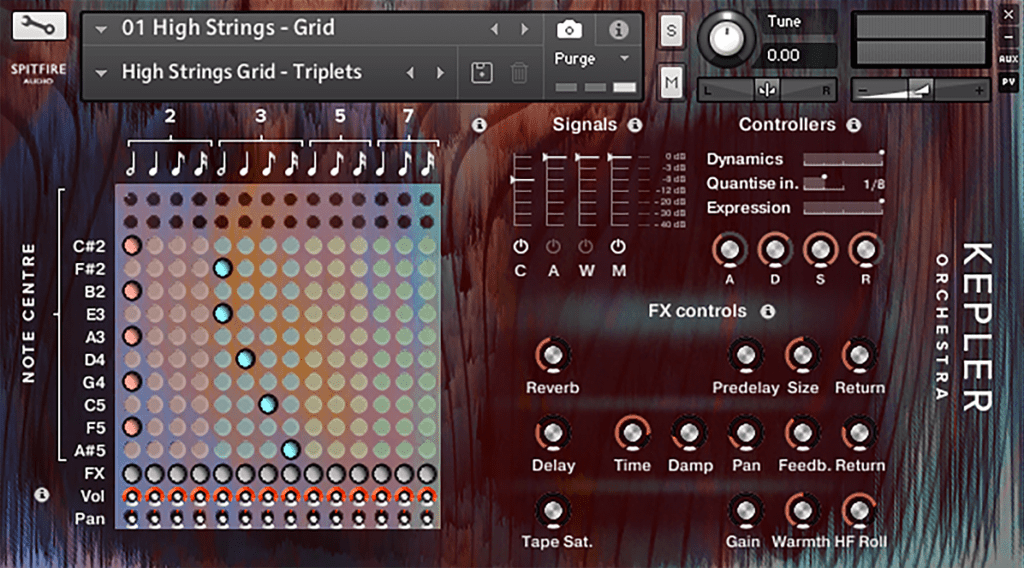
While I have only a few minor criticisms of the Systems Grid, I must say that I am overall quite impressed by this cutting-edge virtual instrument. With its wide range of sounds and impressive array of features, it is certainly a powerful tool for composing music for a variety of media. Whether you are working in film, video games, or even TV, this library can help bring your musical compositions to life like never before.
One thing that could potentially be improved is the interface. While it is clear and easy to navigate, the small size of some of the controls may make it difficult to work with on laptops or other smaller screens. However, this is a relatively minor issue that can easily be addressed if needed.
The Systems Grid
Overall, I would highly recommend the Systems Grid to anyone looking to take their music to the next level. With its incredible sound quality and versatility, this library truly has something for everyone. So if you’re ready to elevate your compositions to new heights, then don’t hesitate – give the Systems Grid a try today!
As this is not an EVO from Spitfire you use with Kepler Orchestra something that looks similar to an EVO Grid. What is presented is called a Systems Grid to allow you to chart various rhythmic contrasts. Spitfire makes the following differentiation:
- Systems Grid = Rhythmic/Temporal variations of timbrally similar techniques
- Evo Grid = Timbral variations on rhythmic/temporally similar techniques
Systems Grid
Systems Grid itself is not a phrase library and continuously builds them at the time. Nor is it a series of evolutions. Rather it is a set of detailed and sophisticated articulations and raw materials. It was designed to provide users with the power to create their own complex, nuanced phrases with ease and control.
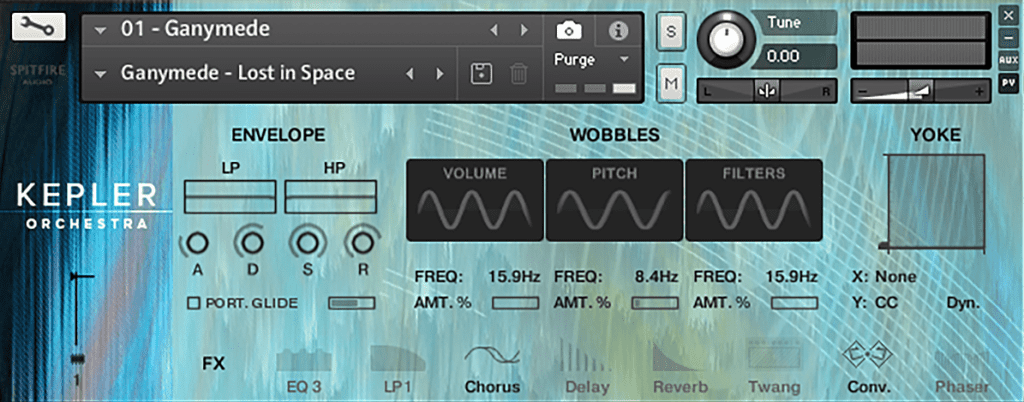
Kepler Orchestra’s Innovative Characteristics
DOPPLERS
The Doppler Effect is the change in frequency of a wave as the source and observer move toward or away from each other. What you hear when an ambulance passes by or the redshift in light observed by astronomers. All in the spirit of Kepler and some weed. Spitfire has recreated this by recording notes that grow, bend down by a semitone and die away, so they sound like they are shooting past you
SHARDS
Spitfire’s shards grid is inspired by light particles, reminiscent of shards of light, or the light spun out at the creation of an accretion disk. The result is swells of sound that rise dramatically in dynamic until they stop dead.
MOMENTUM
Spitfire’s momentum grid is inspired by light wave interference theory — notes that increase and decrease in both speed and dynamic, from pulsing to stimulating.
WARPED
The Warped section contains thirty contrasting sounds to add an extra layer of cosmic depth and atmosphere to your polyrhythmic compositions. Each of these sounds was produced using the organic sample content from the library, designed to add unique depth, texture, and atmosphere to any composition. Some samples were made using granular synthesis, while others were pumped through outboard gear, Empirical Labs Distressor, reverbs, saturators, and guitar FX pedals to create something completely new and original. Presented in Spitfire’s Mercury synth, all of the controls are assignable to your control surface, giving you the immediate ability to make your sounds your own.
Performance Impact
There have been many reporting CPU performance issues. On my late 2014 iMac, I did not have any performance issues resulting in pops and clicks, this could be as the Cubase audio buffer was set higher already. It seems to be an issue if your audio buffer is low and some DAW set it very low. What seems to work if you still run into performance-related issues with using VIENNA ENSEMBLE PRO. Still on my MAC no issues at all.
The synergistic Systems Grid articulation tool is based on Spitfire Evo Grid technology to empower composers to quickly produce elaborate polyrhythms adapted from the vibe of the late-20th Century writers like John Adams, Steve Reich, and Terry Riley.
Conclusion
Kepler Orchestra is a library that contains something for everyone and is perfect for elevating compositions to new heights. The library contains articulations and raw materials that allow users to create their own complex phrases with ease.
Additionally, the library was designed to provide users with the power to create nuanced phrases with rhythmic and temporal variations.
Known for its innovative sound libraries that push the boundaries of traditional orchestral sampling, Spitfire Audio has once again proven itself to be a leader in the field with its new library, Kepler Orchestra. The Kepler Orchestra library boasts a wide range of unique and otherworldly sounds that are perfect for composers looking to add a unique touch to their compositions. The library has been praised in the orchestral swarm review for its immersive and ethereal tones, making it a must-have for anyone looking to expand their sonic palette. Spitfire Audio’s dedication to continually pushing the boundaries of sample libraries is evident in this latest release.
This groundbreaking collection makes it easy to create movement, speed, and atmosphere by allowing users to easily create interlocking orchestral rhythms, from simple to massively complex.
Whether you’re crafting an epic cinematic score or layering driving rhythms beneath your latest EDM track, Kepler Orchestra gives you unparalleled control over your sound. With an array of intuitive features, including some groundbreaking modulation capabilities, this library is a must-have for any producer looking to take their music to the next level.
So what are you waiting for? Grab a copy of Kepler Orchestra today and start unlocking the full potential of your compositions!
Rating: Four out of Five Stars
Whether you are a professional musician or a casual hobbyist, Kepler has something for everyone and is sure to be your go-to resource for creating amazing musical compositions!
Kepler Orchestra is a fabulous library to produce sensible, powerful polyrhythmic cutting-edge cinematic sounds. With the system grid based on the Spitfire Evo Grid, you can generate genuine sounding polyrhythms. The powers of the system grid prevail in the mapping of articulations. Textures are separated into time segments (eg doublet, triplet) and are automatically synchronized to the tempo of your DAW.
Kepler Orchestra is perfectly made for a composer working on their next score to picture, film, TV, Ads, and games and due to its uniqueness perfect for sound designers.

